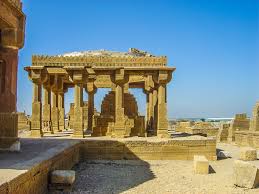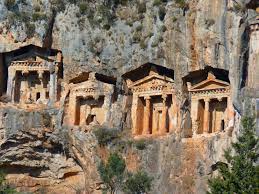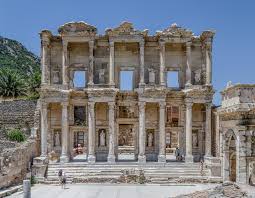Ancient Rome had a number of Roman Tombs built to acknowledge specific purpose or people:
Sepulcrum C. Sulpici Platorini
It the family tomb of C. Sulpicius Platorinus, triumvir Monetalis in 18 B.C., on the right bank of the Tiber, close to the end of the Pons Agrippae and just inside the later Aurelian wall, excavated in 1880. It was a rectangular structure, 7.44 meters long and 7.12 wide, with the entrance on the west; the stylobate and the front part of the walls were of travertine, the inner walls of brick-faced concrete, and the pavement of white mosaic.

In the niches were cinerary urns with inscriptions, and on the pavement were found two statues of heroic size and a bust. The inscriptions found in the tomb date from the time of Augustus to that of the Flavians.
Sidamara
Sidamara was an ancient city in Asia Minor, now in the province of Konya in Turkey, on the road between Karaman and Eregli.
The sarcophagi of the type Sidamara in Roman sarcophagi were figured to the architectural framework in which the figures are separated by carved columns and placed in small kiosks depicted in the background.

The kiosks are crowned by pediments or strings and are often covered by a ceiling decorated a half shell. The type spread between II and III century AD. It takes its name from the sarcophagus of Sidamara (III century AD), preserved in the Museum of Archeology in Istanbul.
Sepulcrum Mariae
The tomb of Maria, daughter of Stilicho and wife of Honorius, and probably also of Honorius himself, built on the east end of the spine of the CIRCUS GAI ET NERONIS, together with another circular mausoleum of similar size. This was later known as S. Maria Della Febbre and was only demolished by Pius VI (DuP 38).
Tomb of Maria
The tomb of Maria contained eight niches on the inside, one of which served as an entrance. In the eighth century, the body of S. Petronilla was transferred hither, and the tomb became known as the chapel of the Frankish kings.

It was destroyed around 1520 during the building of the present church of S. Peter’s, but the sarcophagus containing the remains of Maria with much treasure in gold and silver was found in 1544
Tomb of Cecilia Metella
This ancient Roman tomb on Rome’s Via Appia Antica became the headquarters of papal-endorsed highway robbery in the Middle Ages. Past the catacombs of the Ancient Appian Way, on the left side of the road at the top of a hillock, rises the Tomb of Celia Metella.
Roman Tombs Facts
This best of the Via Appia Roman Tombs is the resting place to the daughter-in-law of Crassus, a 1st-century BC land mogul and Julius Caesar’s financier. The tomb was preserved in the early 14th century when Dante’s nemesis Pope Boniface VIII donated it to his own powerful family. They turned it into the base of a massive fortress used to guard the road and exact tolls.

Rather than pay, Romans developed the Via Appia Nuova to the east, leaving this stretch of ancient road little trafficked and little developed-in effect preserving much of it until scientific archaeology and popular Romantic interest in the ancient world came along in the 19th century to restore what was left.



